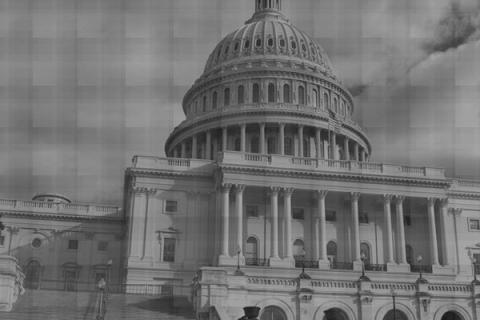Coinciding with the next two presidential election cycles in 2012 and 2016, the Bureau of Labor Statistics is projecting Hispanics to have a significant presence in the nation’s labor force over the next ten years. As reported by the Pew Research Center, Hispanics are expected to account for three-quarters of the growth in the nation’s labor force from 2010-2020. The data was taken from 2010 Census figures.
In 2010 alone, Hispanics as a whole had a higher participation rate in the nation’s labor force than others. At that time, the rate for Hispanics was 67.5% while it was 64.7% for other groups. The participation rate is defined as the share of the population ages 16 and older, either employed or looking for work.
Pew says that Hispanics are having a greater presence in the labor force due to their rapid growth from more births and a higher immigration share. Simultaneously, the non-Hispanic white population is anticipated to shrink in the labor force, in part due to aging.
The share of the labor force that is Hispanic is expected to increase from 14.8% in 2010 to 18.6% in 2020. Pew reports that growth is also due in part to the growing number of Hispanic youth that will enter the labor force.
In between 2010 and 2020, Pew reports that 7.7 million Hispanic workers will enter the labor force while non-Hispanic whites will decrease by 1.6 million. As a result, 74% of those in the labor force within this 10 year span will be Hispanics.
The figures show that Hispanics have been on the rise within the past two decades. From 1990 to 2000, they accounted for 36% of the increase in labor force. From 2000 to 2010, they accounted for 54% of its growth.
While these projections do depend on immigration levels not slowing from what’s anticipated by the Bureau of Labor Statistics, the political implications are impossible to ignore. As Hispanics will inevitably play a bigger role in the U.S. labor force, then so too will they have a direct part in shaping the political discourse on the ever important topics of economic and immigration policy. Both issues are among the group’s top concerns.
The group's growing political clout imposes on politicians the necessity of taking a more favorable stance on both issues. Additionally, with more Hispanic youth entering the labor force, officials currently in office or considering a run must adequately win over these younger Hispanic voters as well.
In the end, the strong presence of Hispanics ultimately tests the political platforms of the two-party system. Ultimately, it comes down to which candidate will make the best case for delivering the most sound solutions to win over the much needed support of Hispanics.
According to exit polls taken just after the 2008 presidential election, the Latino vote gave President Barack Obama large margins of victory in battleground states of Colorado, New Mexico, and Nevada. They also gave him an important victory in Florida, a state that not only has a significant Latino vote but also an abundance of Independent voters.

